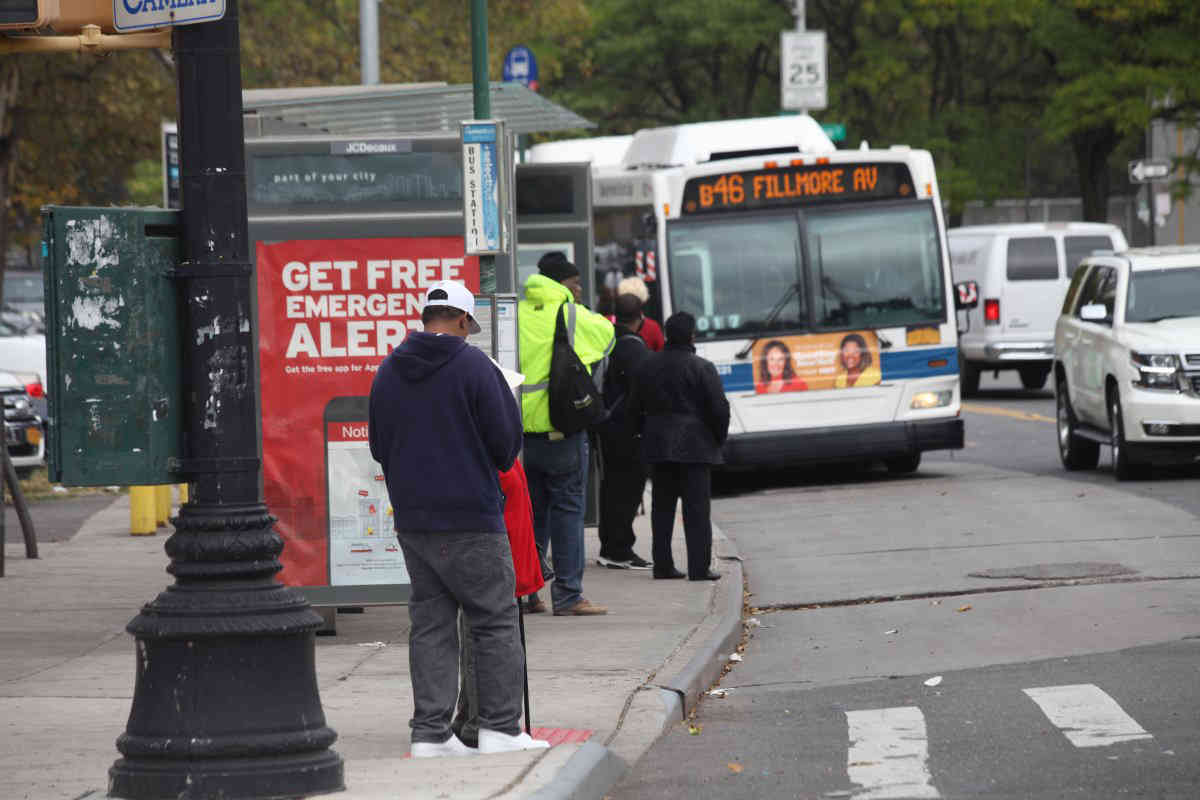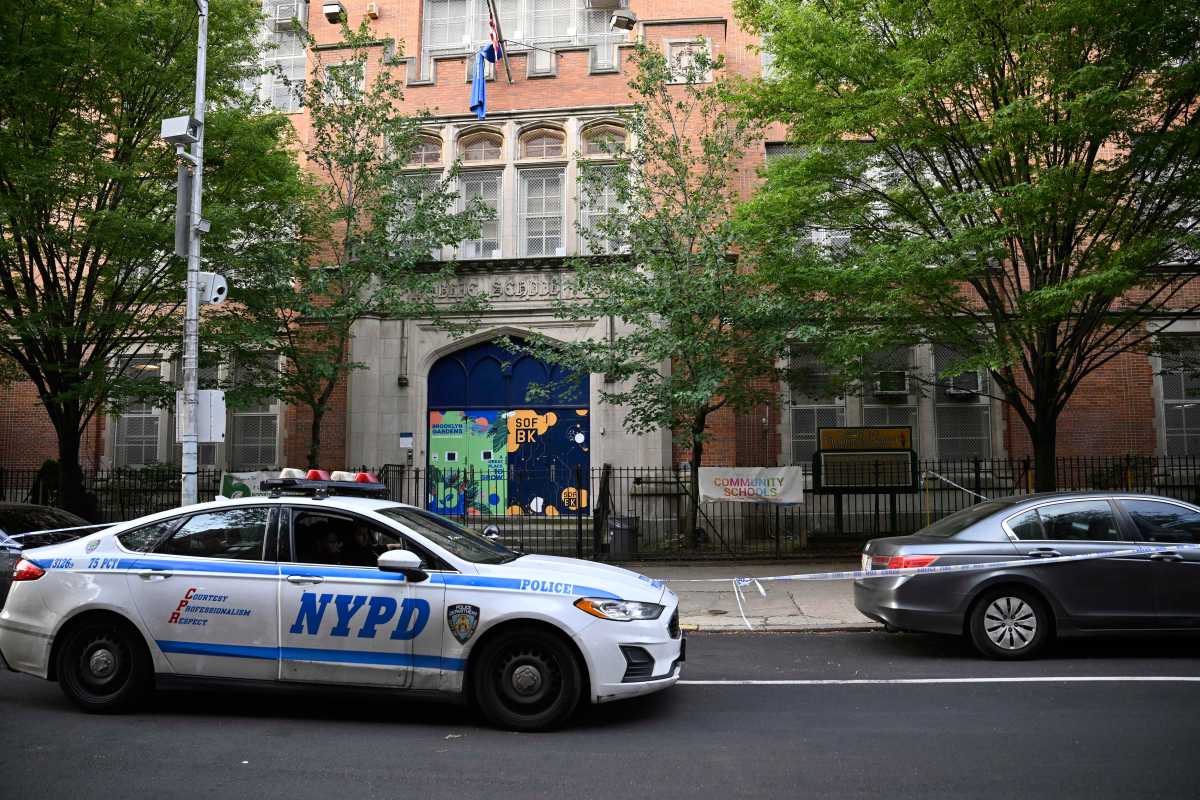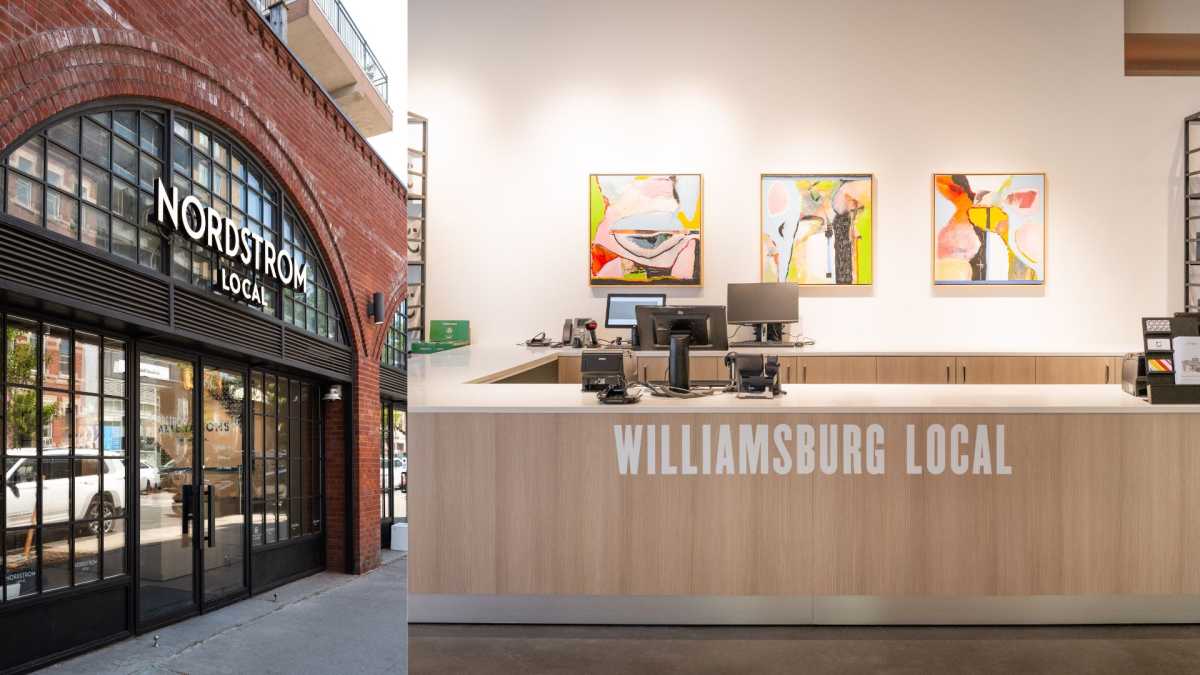Transit gurus kicked off a sweeping overhaul of Brooklyn’s bus network on Oct. 2.
The Metropolitan Transportation Authority launched its first ever borough-wide revamp of Kings County’s bus system by talking to straphangers at the Williamsburg Bridge Plaza Bus Terminal in an effort to bring faster and more reliable service to the borough, according to the agency.
“We’re taking a holistic, clean-slate look at Brooklyn bus service. By redesigning the bus network, we can deliver more frequent, reliable service that satisfies the needs of the borough,” reads a statement by the agency’s Five Borough arm.
Transit honchos plan to re-examine the borough’s 63 local and nine express bus lines over the coming year — some of which follow old trolley or former elevated train lines no longer in use — while looking at ways to make them faster and more reliable.
The renewed push to improve the system comes as more and more Brooklynites are opting against taking the bus. Express and local bus service have seen a 10- and 14-percent decline in ridership respectively since 2016, as straphangers rebel against the shuttles’ sluggish average speed of 7.7 mph, according to the agency.
The deteriorating situation, coupled with recent cuts made to the B38, B54, and the B46 — the busiest bus route in the borough — have led to numerous demonstrations for angry straphangers, including one disgruntled commuter, who was so mad that he baked protest cookies at a rally in August.
Under the makeover scheme — which is part of New York City Transit President Andy Byford’s Fast Forward plan — the agency will collaborate with the city’s Department of Transportation to build new bus lanes, expand service along busy corridors, and reroute under-utilized buses.
The agency plans to use data from MetroCard swipes and satellite-tracking systems, along with information on residential and commercial development, and other transportation methods — including taxis and ride-sharing vehicles — to help facilitate their improvements.
Officials also want to hear from commuters — as the agency’s outreach staff have begun compiling rider feedback at bus stops and subway stations, and will begin inviting commuters to open house meetings by the end of the month.
In speaking with this paper, straphangers were chiefly concerned with improving reliability and reducing overcrowding on borough buses.
“At the end of the day, if the buses would just come consistently I’d have a lot less issues with the bus system in general — they should focus on that first,” said Bedford-Stuyvesant resident Hosneara Begum. “Most people are just trying to get to places on time.”
Another commuter said she prefers enduring the long descent into her nearest subway station — despite suffering from bad knees — rather than risk being late using Brooklyn’s unreliable bus service.
“When I’m in a hurry, I have to take the train rather than wait. I have bad knees so I need to take the elevator – that’s a long walk – and then I get on a packed train car and sometimes have to stand up, which is really bad for my knees,” said Evette Range.
And one Crown Heights high school student said he’s often forced to skip buses, which frequently arrive packed to the gills with surly straphangers.
“A lot of the time I just have to wait for the next bus to come around, because there are way to many people for me to fit on my bus,” said 17-year-old Sam Sou. “That means waiting a whole other 20 minutes usually.”
The Transit Authority wrapped up a borough-wide bus revamp in Staten Island in 2018, and has since launched similar projects in the Bronx and Queens. They plan to unveil their finalized Brooklyn scheme in late 2020.
— Additional reporting by Elissa Esher and Joe Hiti
























